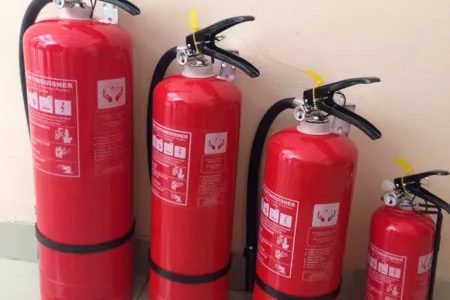Fire is a frightening thing whenever it is out of control. Such an emergency is often one of the last things on our minds, but we should still be prepared for the unexpected. Having ready fire extinguishers New York or anywhere else may seem unnecessary, but it should never be neglected.
However, not all extinguishers are alike. Just as fires can burn different things, there are different types of extinguishers you may have in your home or workplace. Portable fire extinguishers come in four classes, referring to types of fires and the extinguishers used to douse them.
1. Class A
Class A extinguishers use water and are used to put out simple fires, such as burning wood, paper, plastics, etc. These extinguishers are useful around the home or office, but homeowners need to know not to use a class A extinguisher on an oil fire.
2. Class B
Oil fires are class B, as are fires with other flammable liquids or gases as a fuel source. Using a class A extinguisher on this type of fire will only spread it. Class B extinguishers deprive fires of oxygen using a non-water-based foam, wet or dry chemicals, or carbon dioxide. Class B fires are a danger in kitchens, garages, and other areas where flammable liquids and gases are found.
3. Class C
A fire that is burning powered electrical equipment a type C fire. This type of fire cannot be safely put out with a type A extinguisher, only a class B or C. However, cutting power to a class C fire source will often turn it into a class A fire, without the electrical hazard.
4. Class D
Most people will never see a class D fire, nor need one of these extinguishers. Class D extinguishers use dry powder to douse a fire that is burning combustible metals.
Fires of any class are dangerous and can be made even worse if fought with the wrong tools. Everyone should learn the four classes of fire extinguishers for the safety of themselves and others.




